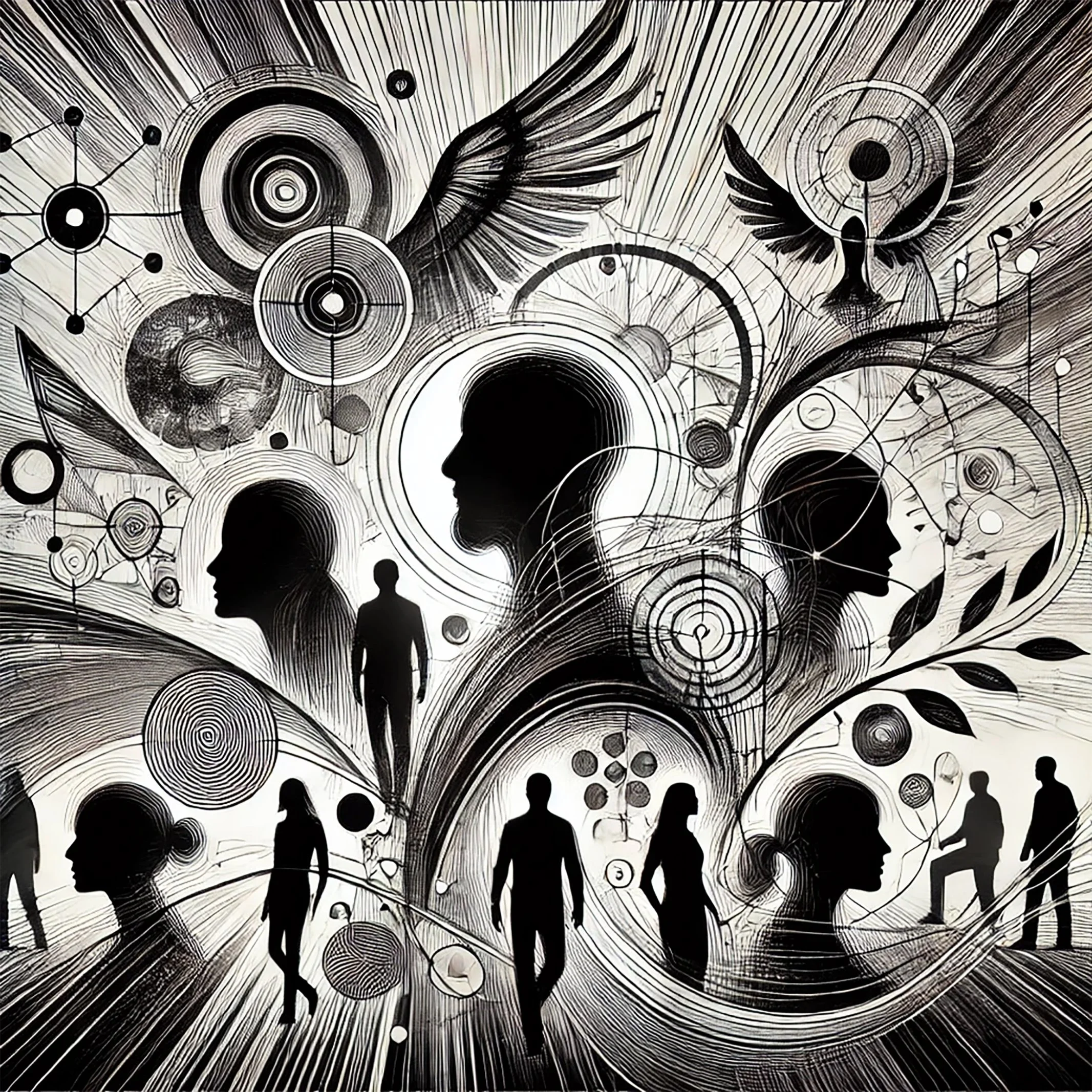Who
WHO
The WHO section provides an exploration of the people, groups, roles, and social dynamics that shape the world. This part of the Arkhive aims to categorize individuals and entities by their influence, interactions, and societal impact. It answers questions like “Who are the key figures?”, “What groups are involved in significant events?”, and “What roles do individuals or collectives play in shaping outcomes?”.
Subcategories:
People
This subcategory focuses on individual figures. It includes influential leaders, celebrities, innovators, and historical figures. Their personal contributions, achievements, and significance to their fields or society are emphasized.Groups
Groups represent collective entities, such as communities, organizations, companies, or governments. This subcategory explores how groups operate, collaborate, and influence large-scale changes in society or specific sectors.Roles
Roles refer to the functions or positions individuals or groups hold within systems or institutions. For instance, the role of an educator in society, the responsibilities of political leaders, or the roles specific to industries.Social Dynamics
This subcategory analyzes how different people and groups interact, compete, collaborate, or influence one another. It provides insights into power structures, social hierarchies, and relational dynamics between various entities.
Content Strategy:
The purpose of these subcategories is to provide clarity on how different people, groups, and roles are categorized based on their influence, actions, and relationships with others. The content is structured to evolve as new information is introduced, ensuring a dynamic and relevant organization of data.
For example, when a new figure or group becomes relevant (such as a rising political leader or a new social movement), they are categorized based on their primary role or function in society. If their relevance spans multiple domains, they may be cross-referenced between subcategories to reflect their broader impact.
How and Why an Item is Categorized:
Items are placed in specific subcategories based on clear criteria:
Individuals (Who - People) are categorized by their unique contributions and personal influence.
Groups are organized based on collective actions or shared missions.
Roles highlight specific functions within society or systems.
Social Dynamics detail interactions and the impact of relational structures.
Each addition is continually evaluated against these criteria, ensuring a cohesive and logical structure that reflects both immediate relevance and long-term influence.
